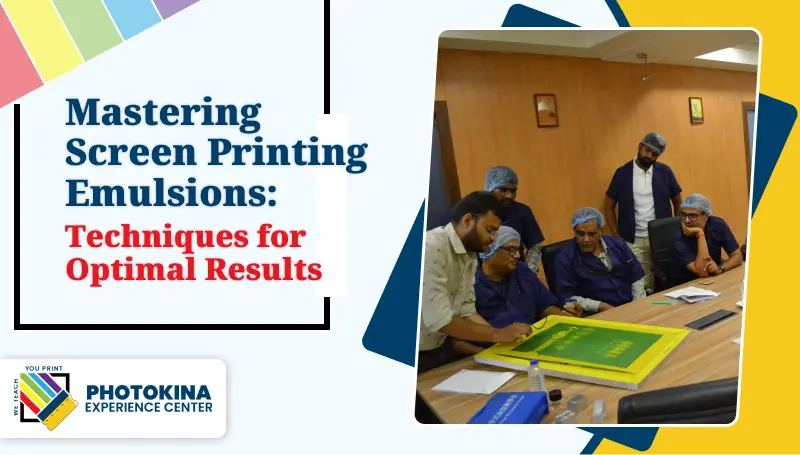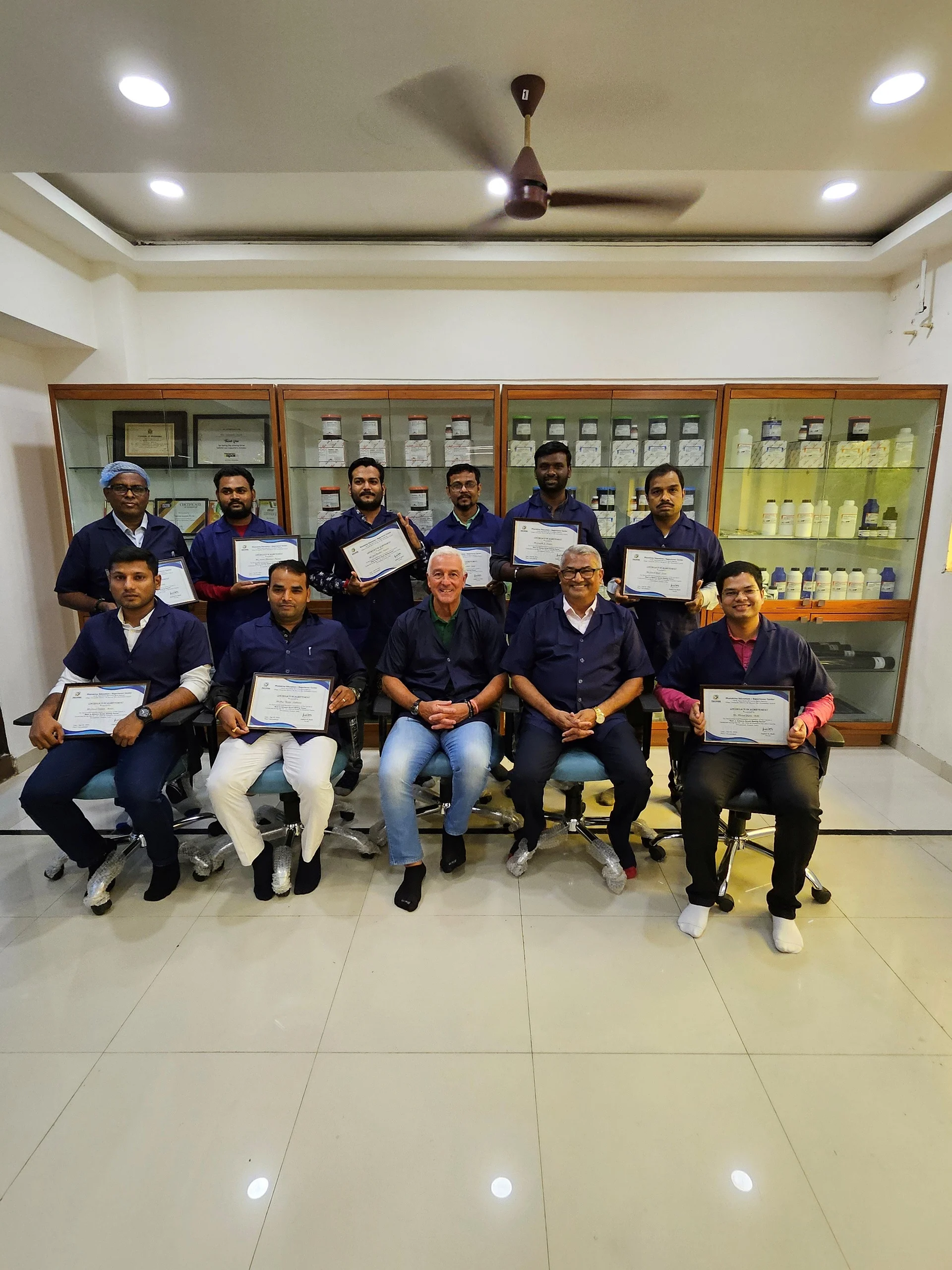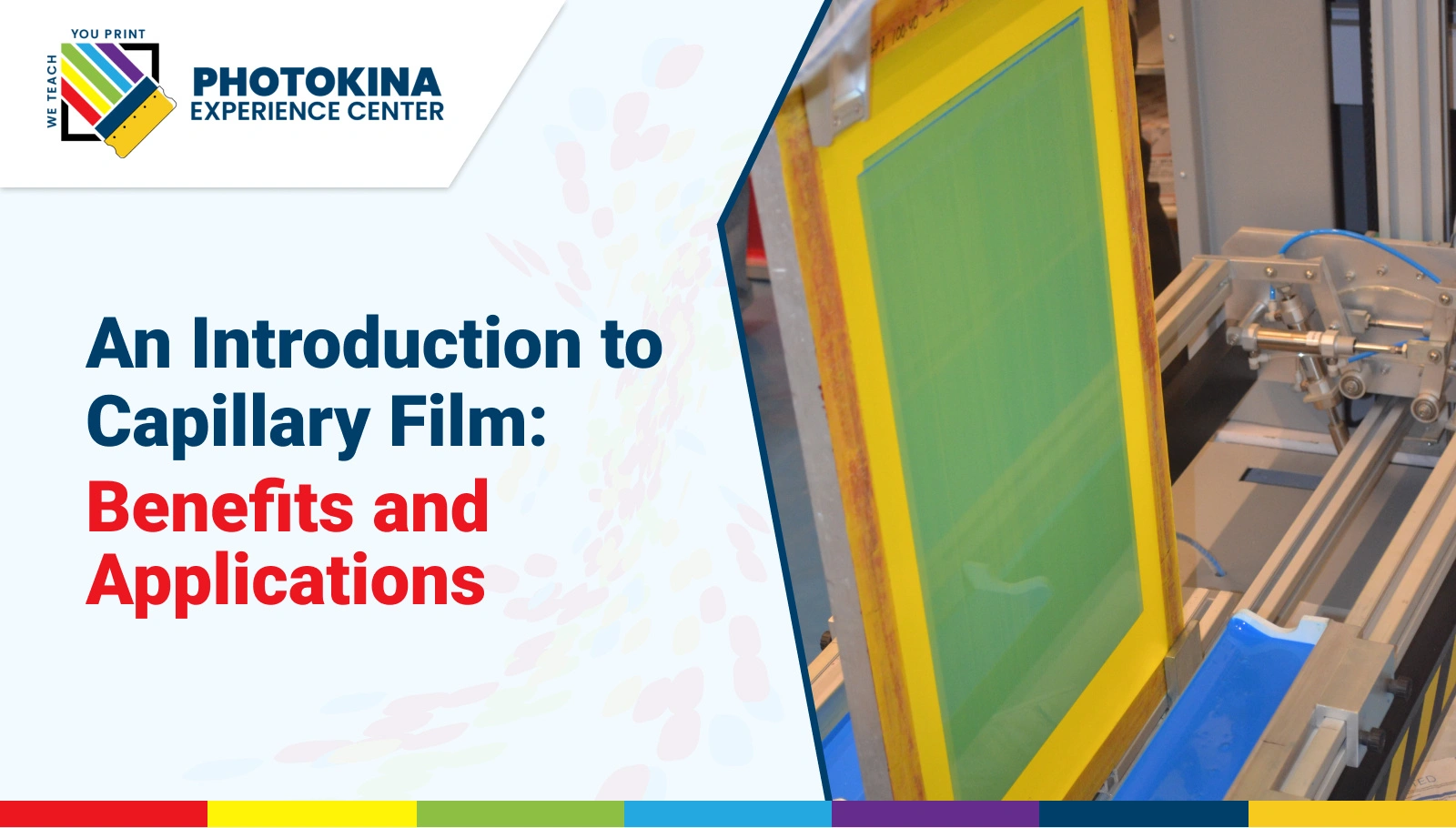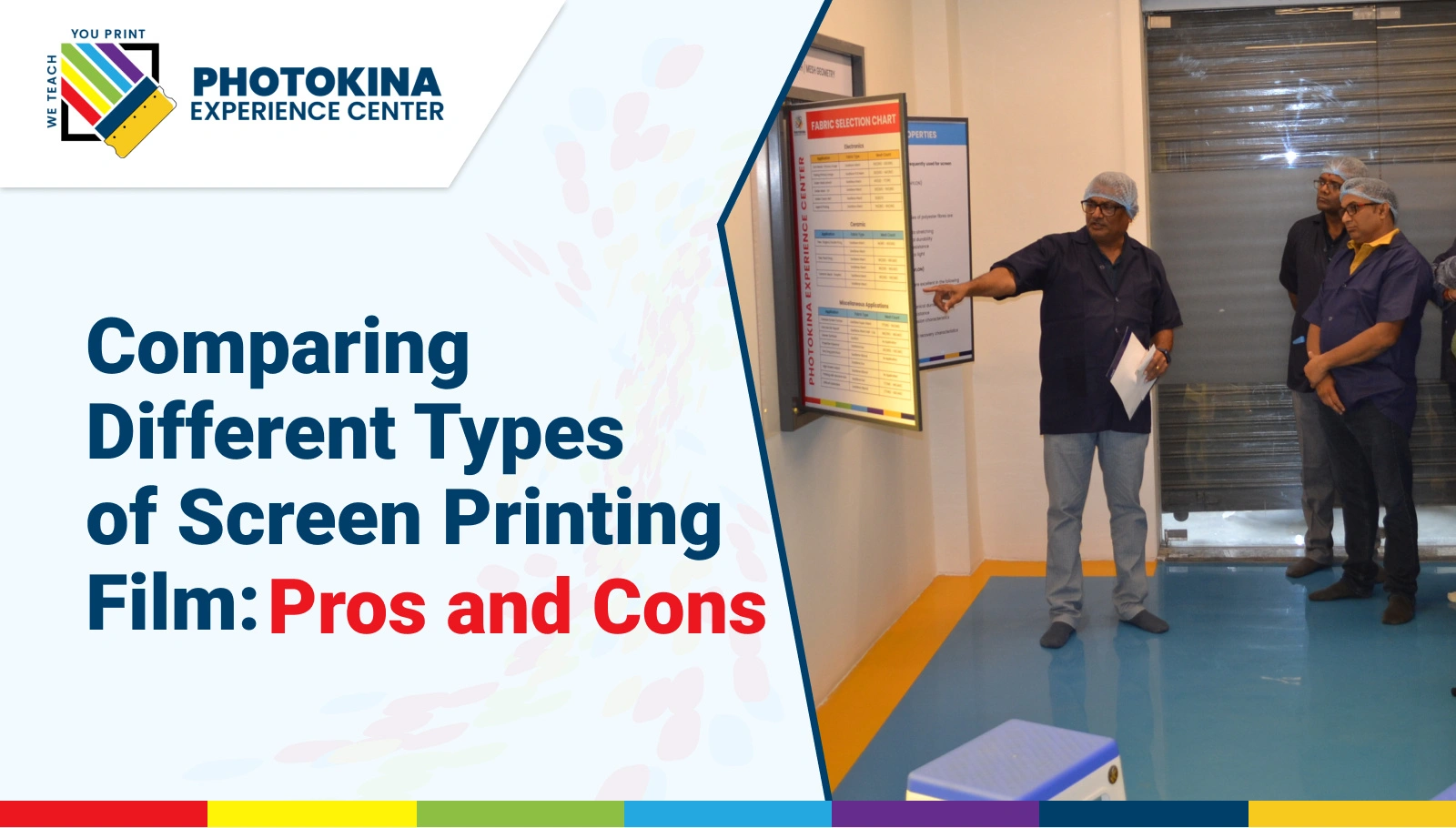
Mastering Screen Printing Emulsions: Techniques for Optimal Results
Mastering Screen Printing Emulsions: Techniques for Optimal Results
Screen printing is an art form that combines creativity with technical expertise. At the heart of this process lies the use of screen printing emulsions, which are crucial for creating high-quality prints. Understanding the right techniques to use these emulsions can significantly enhance your screen printing outcomes. In this blog, we will explore essential techniques and tips for mastering screen printing emulsions at the Photokina Experience Center.
Why Choose Screen Printing?
Screen printing is a versatile technique used for various applications, from apparel to signage. Its ability to produce vibrant colors and durable prints makes it a favorite among businesses and artists alike. Whether you're looking to start a new venture or enhance your existing skills, our courses cover everything you need to know about screen printing.
Understanding Screen Printing Emulsions
Screen printing emulsions are light-sensitive materials applied to screen printing frames to create stencils. They allow printers to transfer designs onto various surfaces with precision. There are several types of emulsions, including Diazo emulsion, which is popular for its ease of use and versatility.
Choosing the Right Emulsion
Selecting the appropriate emulsion is the first step towards achieving optimal results. Consider factors such as:
- Ink Type: Different inks require different emulsions. For example, if you are using water-based inks, choose emulsions designed for compatibility.
- Exposure Time: Various emulsions have different exposure times. Knowing the specifics of your emulsion will help you adjust your exposure accordingly.
- Durability: If you plan to make multiple prints, opt for emulsions that can withstand the rigors of repeated use.
Preparing Your Screen Printing Frame
The preparation of your screen printing frame is vital to the success of your project. Ensure that the frame is clean and free of any dust or grease. Properly stretching the screen printing mesh is also crucial, as this affects the sharpness of your print. Use a tensioning system to achieve the desired mesh tautness.
Applying the Emulsion
- Coating the Screen: Use a screen printing handle to apply the emulsion evenly across the mesh. Start at the bottom of the screen and pull the squeegee upward to create a thin layer. Flip the screen and repeat on the other side. Ensure even coverage to avoid pinholes.
- Drying the Screen: After coating, place the screen in a dark area to dry. The drying process is critical; too much moisture can lead to a loss of detail. Follow the manufacturer’s instructions for drying times, and consider using a controlled environment for optimal results.
- Exposing the Screen: Once the emulsion is dry, it’s time to expose it using a screen printing film or Chromaline film with your design printed on it. Set up your exposure unit, ensuring even light distribution. The exposure time will vary based on the emulsion and light source, so refer to the emulsion specifications.
- Washing Out the Screen: After exposure, rinse the screen with water to wash out the unexposed emulsion. This step reveals your stencil. A high-pressure spray nozzle can help in removing any residual emulsion, resulting in a clean design.
Troubleshooting Common Issues
While working with screen printing emulsions, you may encounter some challenges. Here are solutions to common problems:
- Pinholes in the Stencil: This often occurs due to improper coating or dust on the screen. Always ensure your screen is clean before applying emulsion.
- Underexposed Screens: If your prints appear blurry, it may be due to underexposure. Adjust your exposure time and re-test until you achieve the desired clarity.
- Emulsion Breaks Down: If you notice that your emulsion breaks down after a few prints, consider switching to a more durable type, such as capillary film, known for its robustness.
Advanced Techniques
For those looking to elevate their screen printing game, consider these advanced techniques:
- Multi-Layer Printing: Use different emulsions for various layers of your design. This technique allows for more intricate prints with greater detail.
- Color Matching: Experiment with different ink colors and emulsions to achieve specific effects. Understanding how each emulsion interacts with different inks is key to mastering color.
The Importance of Training
Investing time in screen printing training at the Photokina Experience Center can significantly enhance your skills. Courses are designed to cover all aspects of screen printing, including advanced techniques for using emulsions. Learning from industry experts will equip you with the knowledge needed to troubleshoot issues and optimize your printing process.



